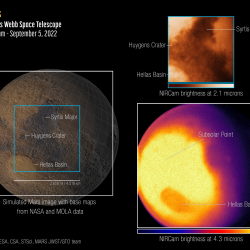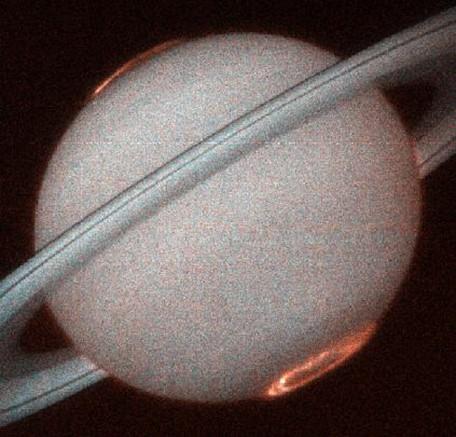Auroral activity occurs in oval-shaped regions centered at the two geomagnetic poles and called auroral ovals. The auroral ovals are always visible from space, but are more intense during periods of high solar activity. From the Earth's surface, auroras are only visible when there is sufficient activity, when it is dark and there are no clouds.
Mirror images in northern and southern hemisphere
The magnetic field lines of the auroral oval as well as at lower latitudes are closed, with the result that the aurora borealis (i.e. those in the northern hemisphere) and the aurora australis (i.e. those in the southern hemisphere) are often mirror images of each other: they are called conjugate auroras.
In the Northern Hemisphere, the auroral oval crosses Alaska, Canada and Scandinavia. In the Southern Hemisphere, the auroral oval is mostly over Antarctica, a region that is virtually uninhabited.
How far does the auroral oval extend?
The thickness of the auroral oval is generally about 10° latitude and its equatorial limit generally descends to about 75° to 65° geomagnetic latitude depending on magnetic activity. Occasionally, during strong magnetic storms, the auroral oval extends to lower latitudes. Intense auroras are then observed in northern Europe and America. However, auroras at low latitudes are relatively rare and only occur during strong magnetic disturbances.
At Belgian latitudes, auroras are sometimes visible, but observation of this phenomenon is hampered by artificial city lights and by the bad weather conditions specific to our climate. Two or three auroras are observed in Belgium per 11-year solar cycle, generally during maximum solar activity.
Solar wind plasma reach the atmosphere through polar cusps
The polar cusps correspond to the region of separation between the field lines directed towards the Sun and those directed towards the magnetospheric tail (or short: magnetotail). They allow the direct entry of the solar wind plasma. Particles that reach the atmosphere produce an auroral emission on the day side of the oval, invisible to the naked eye from the Earth's surface.
Auroral ovals on other planets
Auroral ovals are also visible on other planets such as Jupiter and Saturn. Other planets in the solar system have magnetospheres, especially the giant planets. A magnetosphere is found on all planets with an internal magnetic field (Jupiter, Saturn, Uranus, Neptune, Mercury).
The region of space controlled by a planet's magnetic field is called its magnetosphere. Most of the plasma it contains originates from the planet itself or from some of its satellites, as is the case of the moon Io for the magnetosphere of Jupiter and Titan for the magnetosphere of Saturn. The magnetospheres of Jupiter and Saturn are giant and interact with the satellites and rings of these planets.
Venus, on the other hand, has no intrinsic magnetic field, so solar wind particles interact directly with the planet's ionosphere. Mars also has no internal magnetic field, but some regions of its surface are magnetized.




